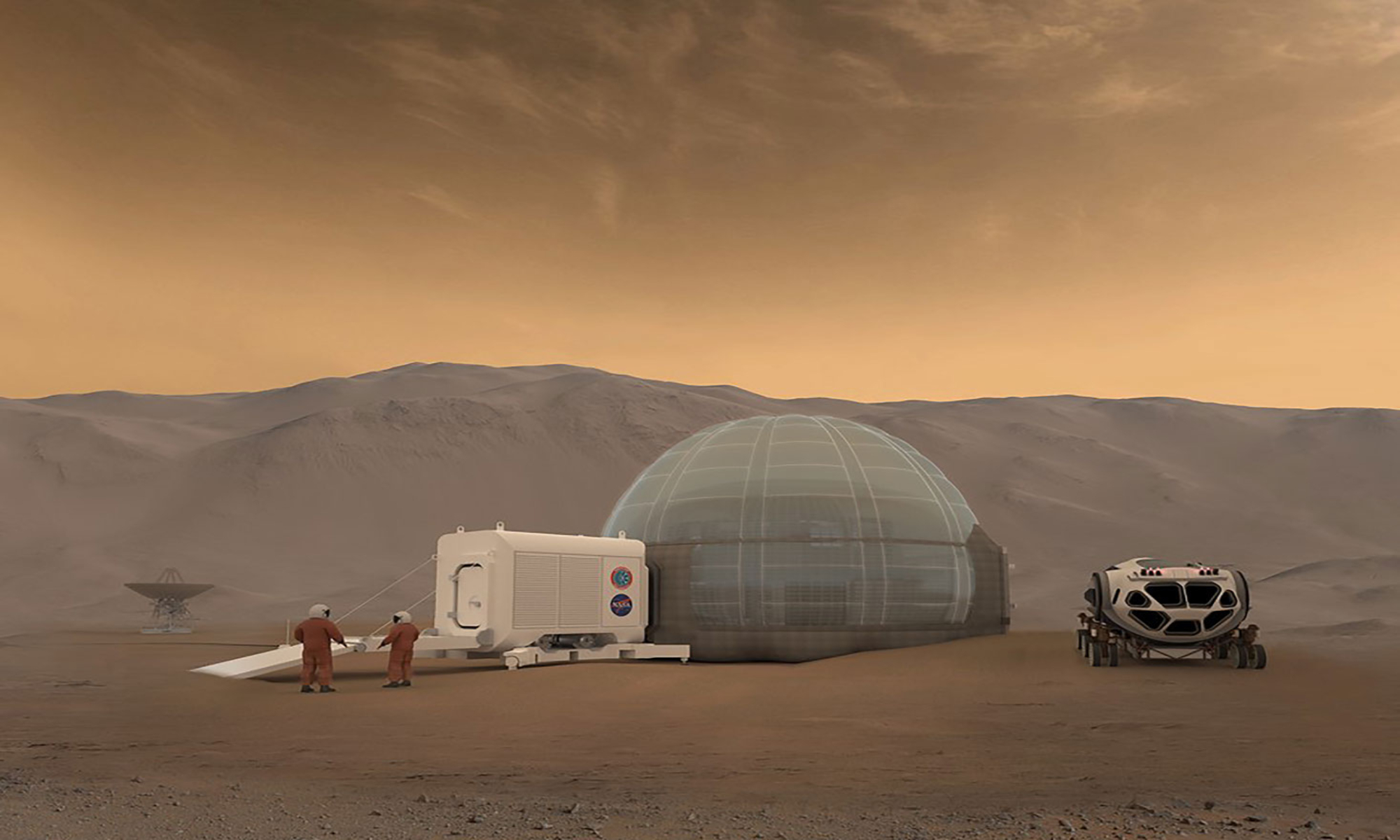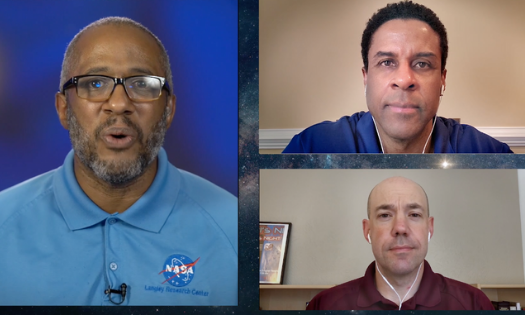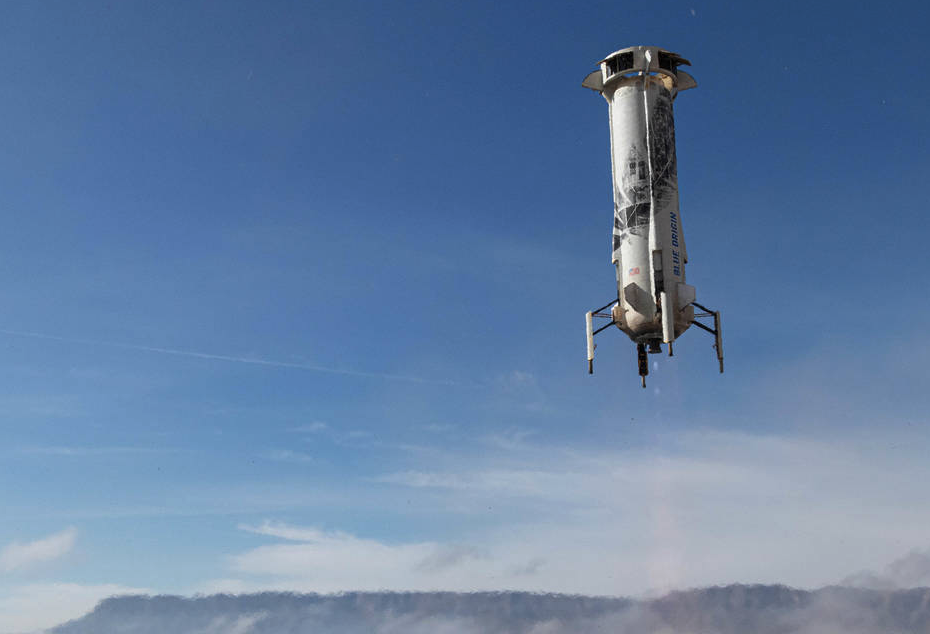NASA EDGE continues to look at NASA’s Safe and Precise Landing – Integrated Capabilities Evolution (SPLICE) technology suite. Sensors, algorithms, and a new computer for precise landings on other worlds will be flight tested on Blue Origin’s New Shepard rocket. Franklin is joined by NASA’s Ron Sostaric and Glenn Hines to learn more about navigation Doppler lidar (NDL) and how it will be matured on New Shepard and prepared for flight on commercial robotic lunar landers. Check it out!
Featuring:
– Ron Sostaric
– Glenn Hines


